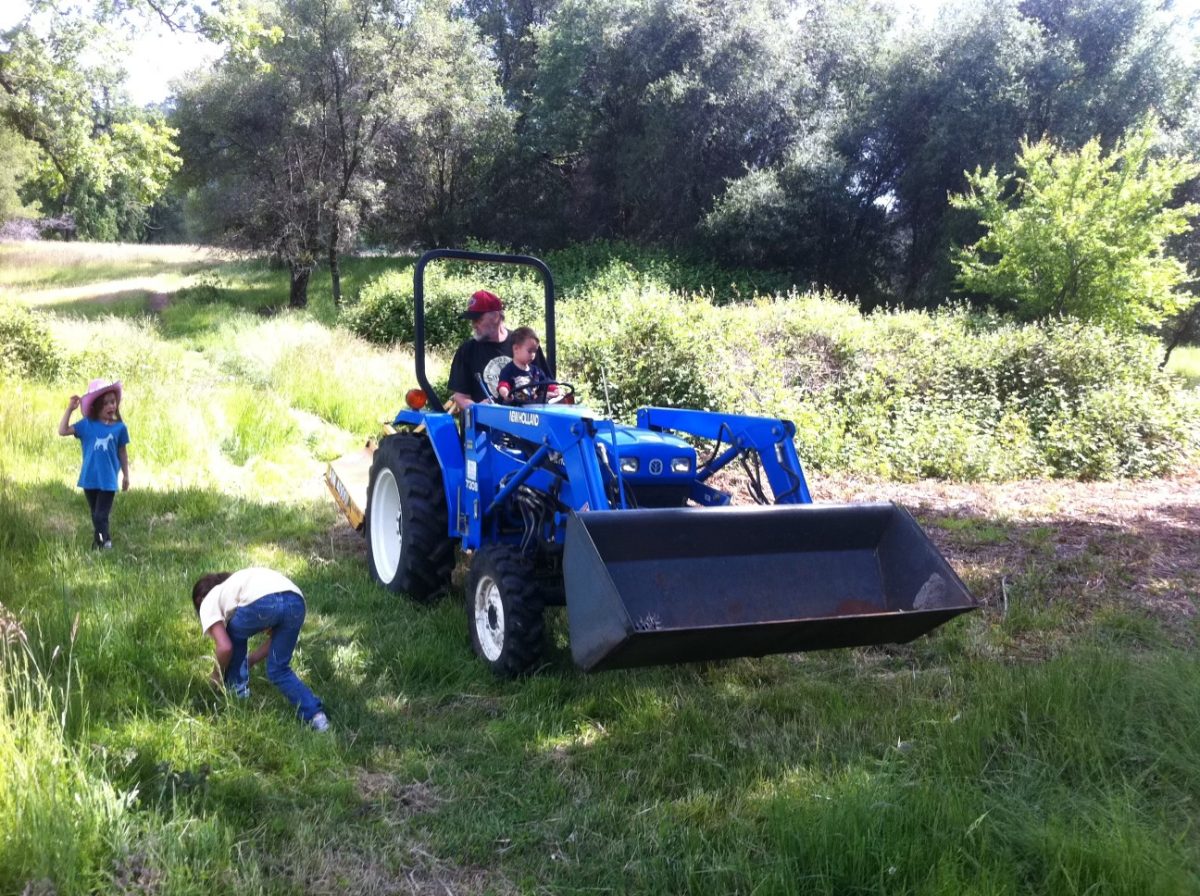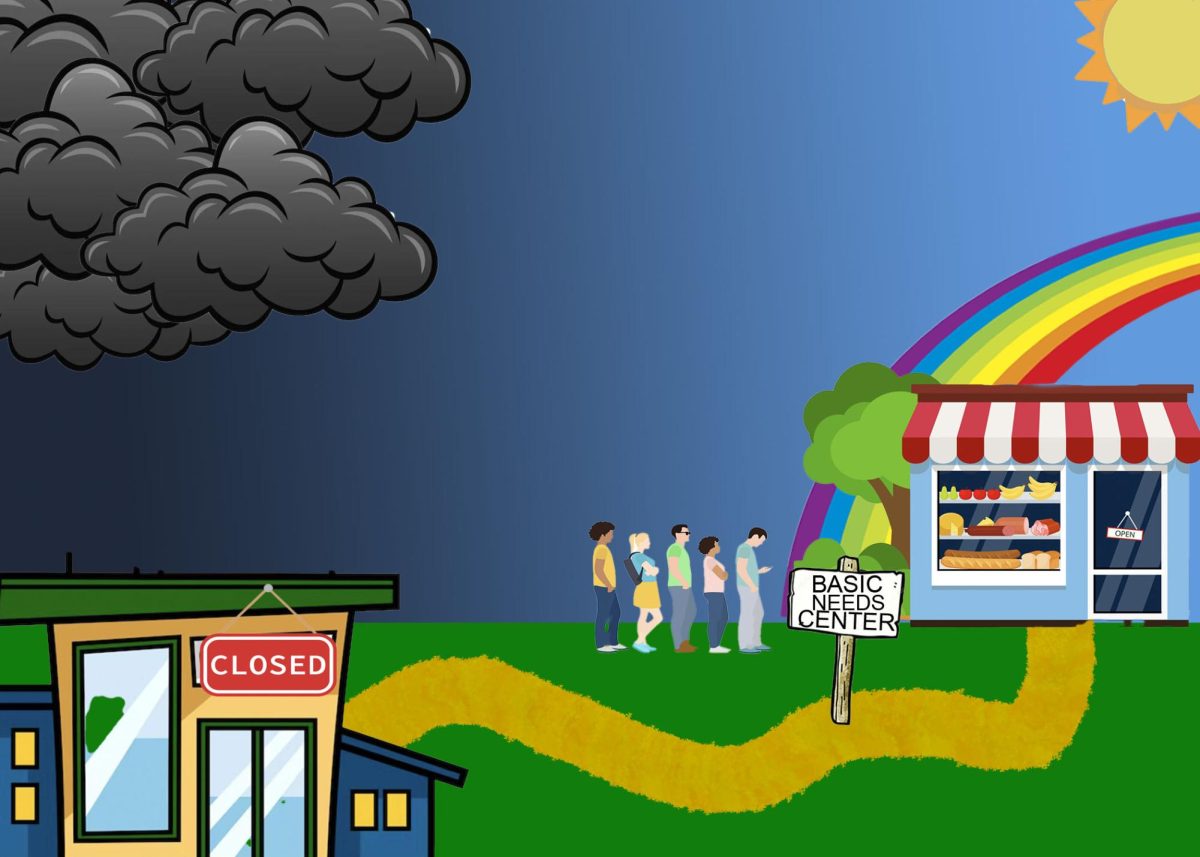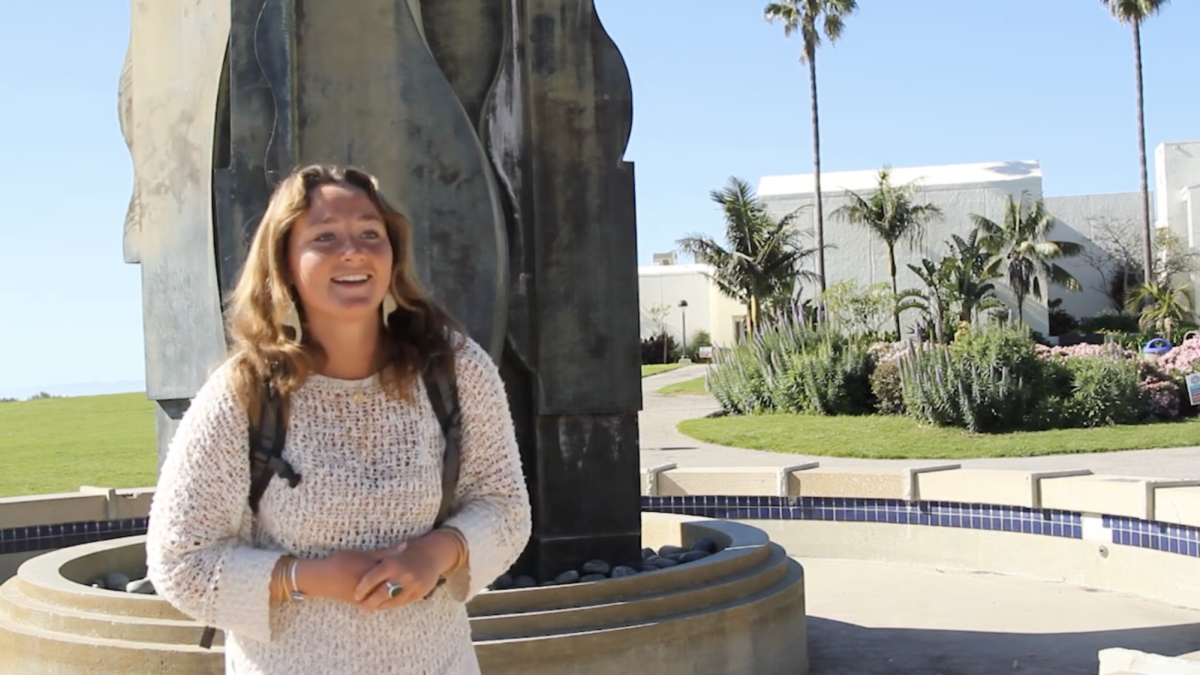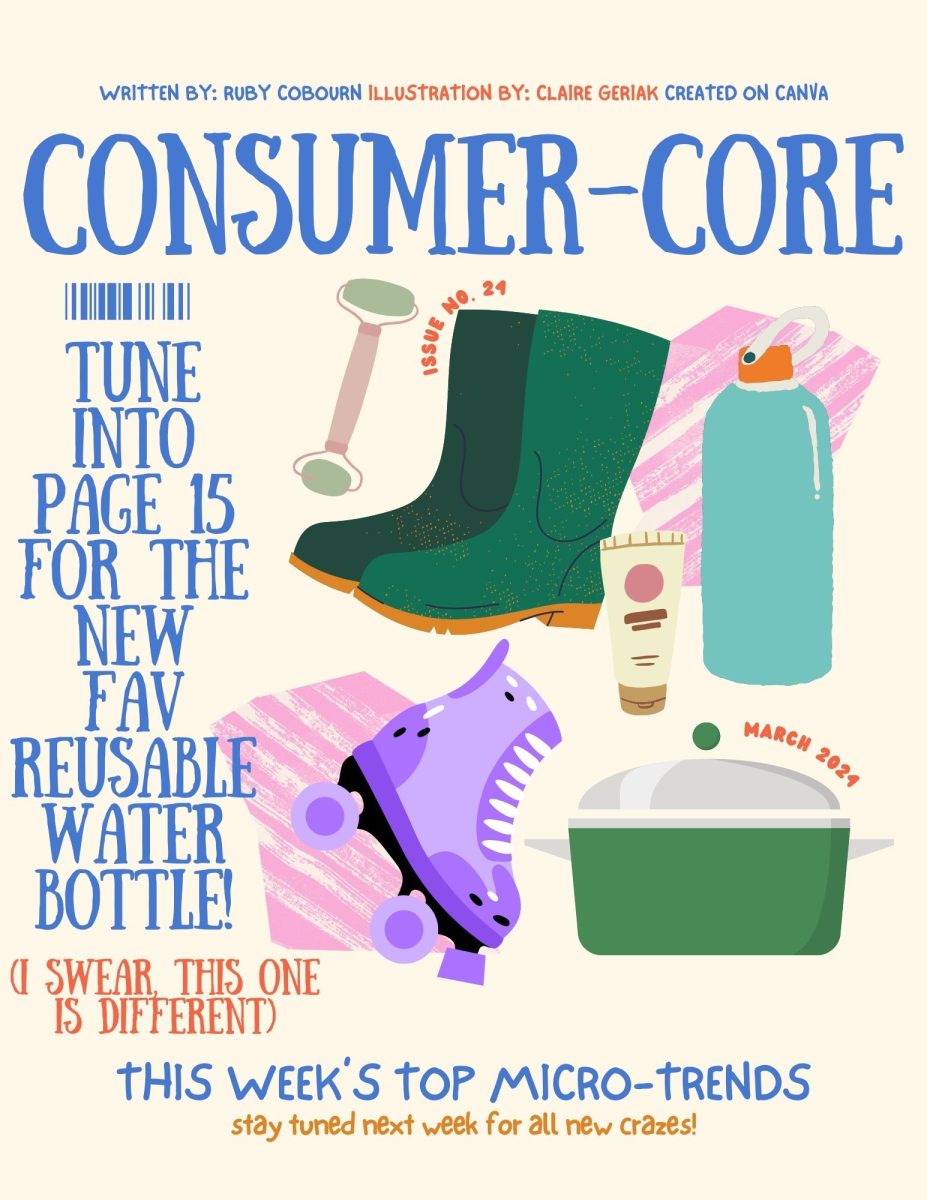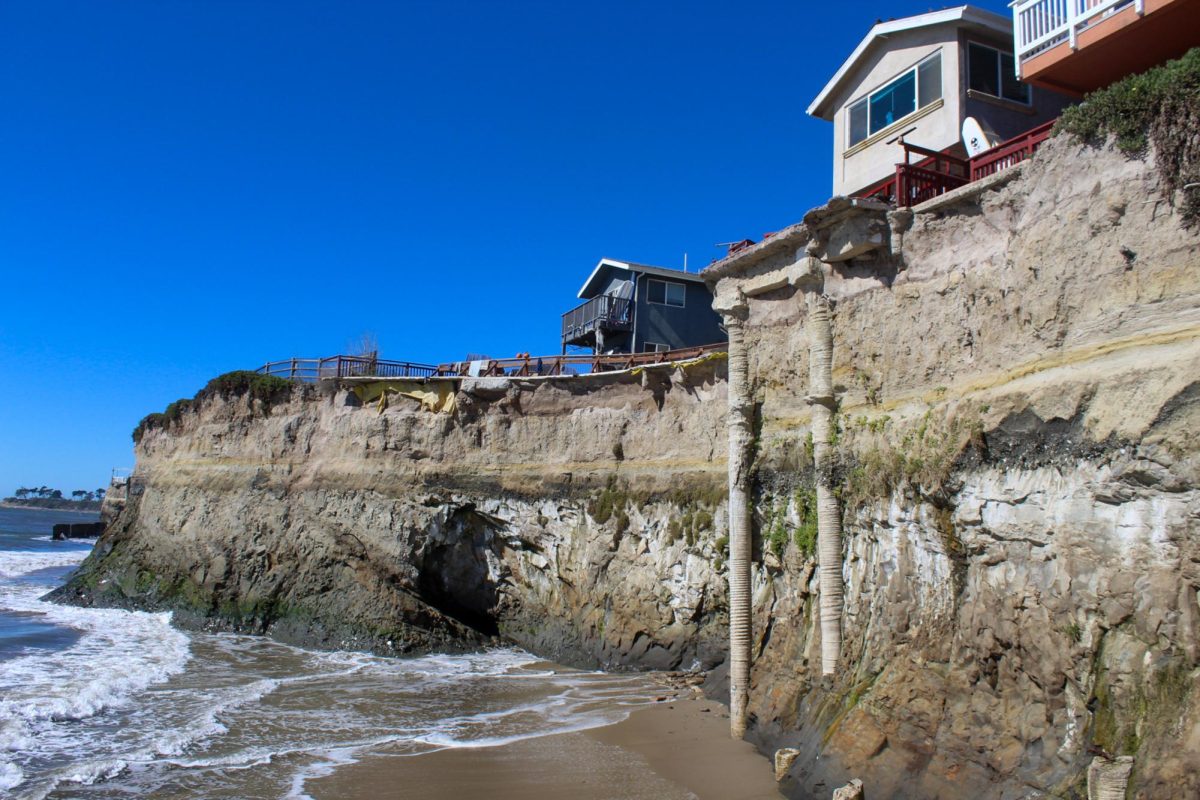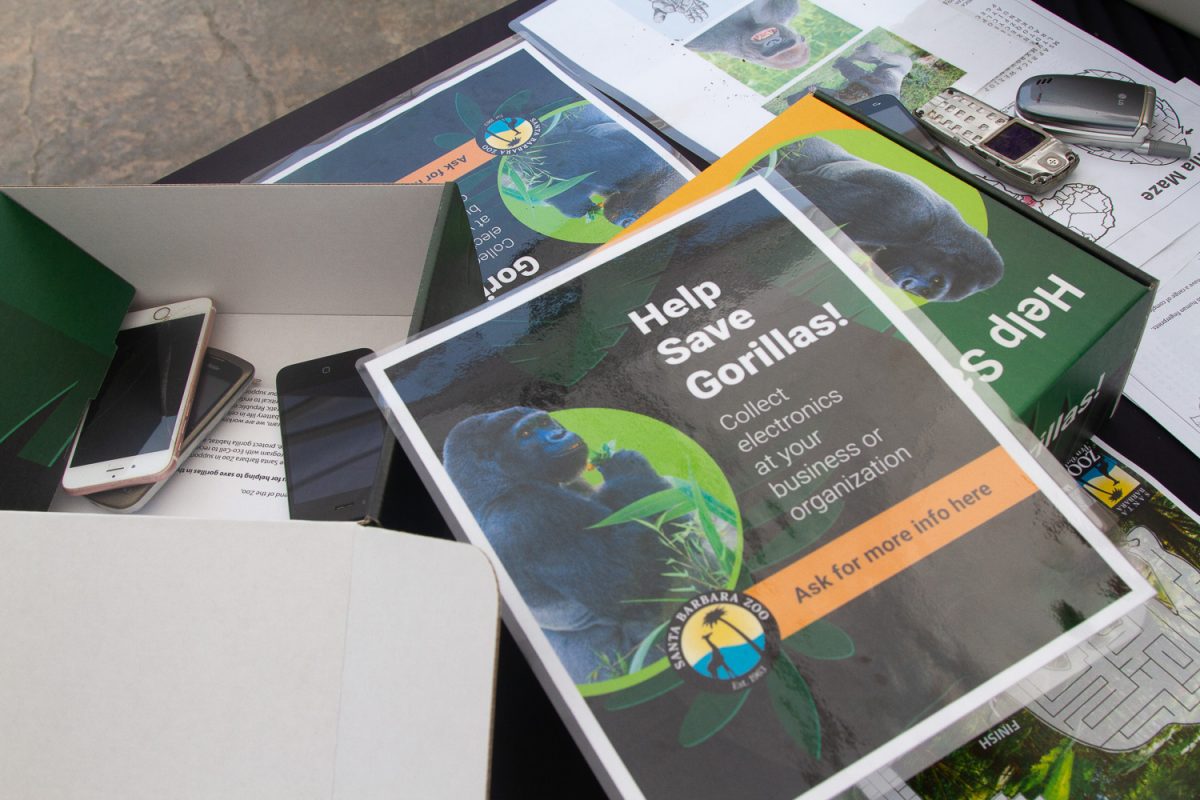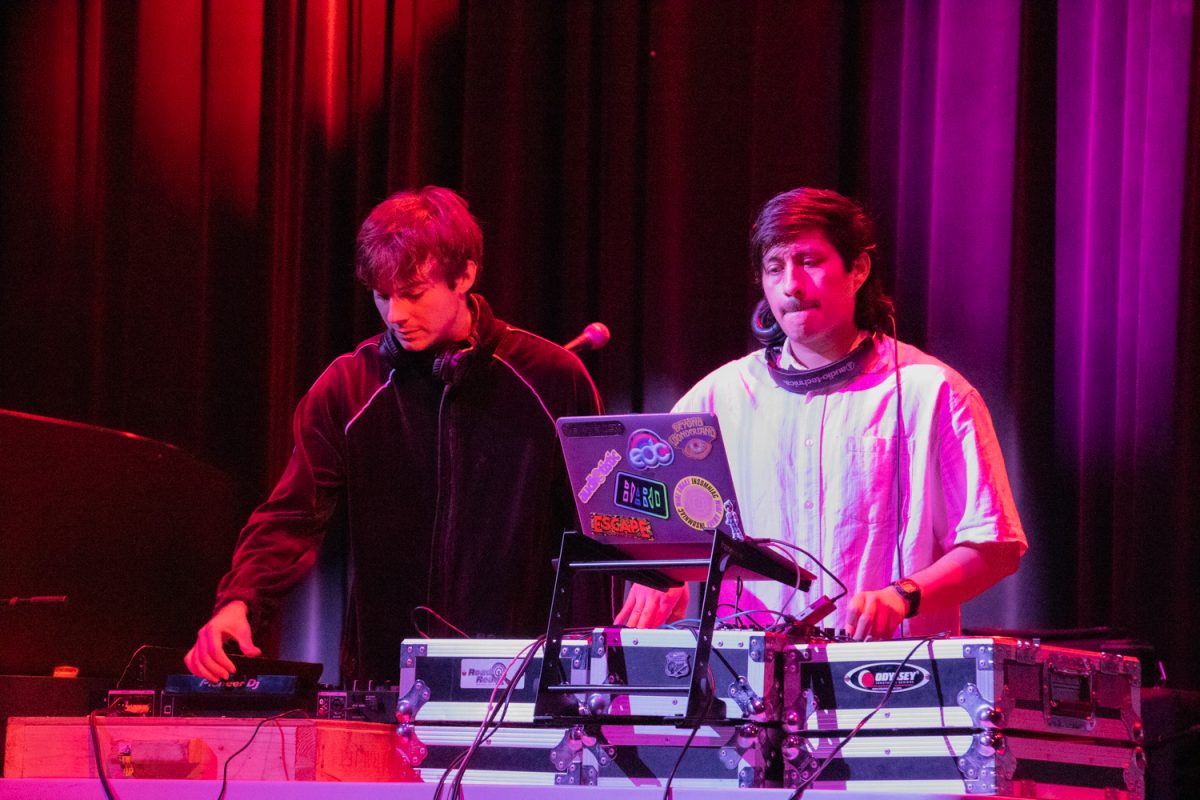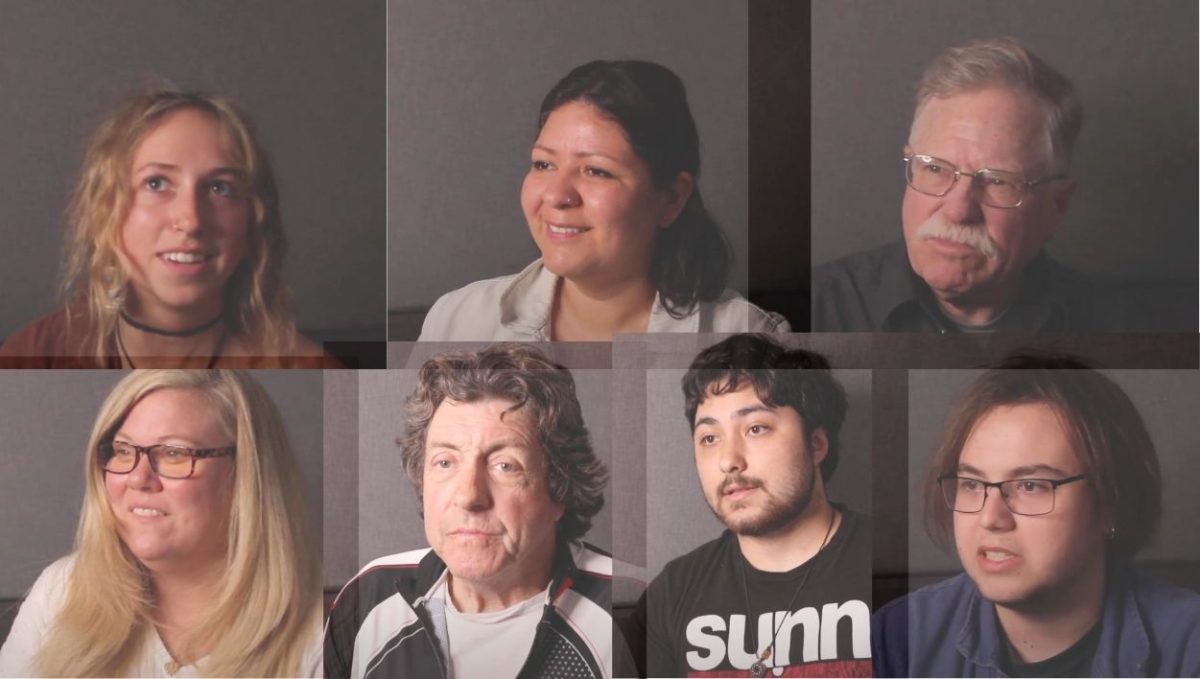In the past, sudden and miraculous periods of prolonged precipitation have replenished reservoirs from near empty levels and saved Santa Barbara from severe cyclical drought. Our last miracle was a series of storms last October that, by January, brought Lake Cachuma to almost 50% capacity. Now, one dry year later, our primary source of water is again at only a third of its capacity and a rainy season is uncertain.
The Charles E. Meyer Desalination plant was originally built in 1991 as an emergency measure in response to six years of a severe drought. It was in operation for four months in 1992, but a surplus of rainwater collected the year previous, an event known as “the March miracle”, meant the plant was no longer needed. In May 2017, to combat water scarcity and diversify the county’s water sources, the city reopened the plant.
Filtered water is produced by pumping saltwater less than half a mile off shore through high pressure membranes to remove salt and other particulates. Of all the seawater pumped, half is usable. The byproduct, a salty concentration that sometimes contains metals and chemicals, is diluted and dumped back in the ocean.
The plant uses grated coverings at the entry of the saltwater pumps which are said to greatly reduce the chance of bycatch. While I don’t have to imagine Nemo getting shot through pipes under 800 psi of pressure every time I turn on the faucet, smaller organisms vital to the marine ecosystem, such as plankton, are still at risk. I’m also not convinced that simply diluting massive amounts of filtered byproduct before dumping it makes it environmentally safe.
The process, which currently accounts for 30% of the city’s water supply, is also economically costly. The desalination plant claims it’s 40% more efficient than its original design, but it still costs $4.1 million annually to operate.
In April 2020, Santa Barbara City Council voted unanimously to accept a $10 million grant from the California Department of Water Resources with the promise that the plant will operate for 36 of the next 40 years. The agreement means the emergency plant can no longer be used for its intended purpose; as a last resort.
Five months later, in September 2020, the Montecito Water District agreed to fund almost half of the city’s $72 million project in exchange for a guaranteed 1,430 acre-feet of drinkable water per year (40% of the district’s current usage) for the next 50 years.
Over the last few years our community has successfully decreased water consumption to numbers lower than that of the 1970s, but despite cautious water usage, Santa Barbara residents’ monthly water bills are higher than ever. High costs can be attributed to the method that sources almost a third of the city’s water: desalination.
A better method is indirect potable reuse: wastewater made drinkable. While it may be a tough cup to swallow, the toilet-to-tap option is a simpler, more affordable, and less energy intensive process.
The desalination plant is a great source of water in emergency situations, but it should only be utilized after exhausting all other resources. Lake Cachuma still has more to give, and a wet season could be just around the corner.


